Realistically, every individual generates waste in one form or another. Whether at home, in the office, or on the go, it is inevitable to create waste in our everyday lives.
Waste is undesirable; nobody likes to handle the waste. Most of the time, we just toss used items into the bin without considering where they actually go. What happens after you throw that plastic bottle in the bin?
Improper handling of waste can be harmful to the environment and public health. While proper waste management is crucial in building livable and pollution-free cities, many countries, especially developing countries, face challenges in managing their waste.
So what is the proper method of waste management? What are the guiding principles of waste management? Let’s find out!
What is waste management?
Waste management is the process of handling waste from its inception to its final disposal. It includes collecting, transporting, sorting, treating, and appropriately disposing of garbage.
Traditionally, waste is described as any unusable or unwanted material in the form of solid, gas, or liquid. Thanks to advanced technology in waste management, waste can also be used as a resource and has economic value.
The burden of waste management has often been placed on the government and local authorities. However, the adverse effects of poor waste management on the environment and people cannot be left for the government to sort out.
Companies and individuals must also take part in waste management.
Types of waste
To understand the principles of waste management, we must first understand the different types of waste. This is because proper waste management applies to all types of waste.
Categorically, there are two broad types of waste, namely;
Non-hazardous/solid waste
Hazardous waste
Solid waste is any waste that is not considered hazardous. It includes waste generated from households, businesses, construction and demolition activities, etc. Paper, glass, plastics, metal, organic wastes, and concrete are all examples of solid waste.
Although solid waste is non-hazardous, it poses a significant threat to human health and the environment if left untreated. Although we can divert a significant proportion of solid waste from landfills (through reusing and recycling), selective waste collection- which is a prerequisite to reusing and recycling- remains the biggest challenge in solid waste management.
Hazardous waste is any waste that is considered potentially harmful to the environment and human health. Common characteristics of hazardous waste include flammable, corrosive, irritant, oxidizing, carcinogenic, toxic, and explosive.
Hazardous waste requires special treatment, handling, and disposal to avoid dispersing into the environment.
Categories of hazardous waste;
E-waste– this is waste from used/dead electronics and home appliances such as phones and computers. It is considered hazardous because it contains toxic chemicals and metals like lead.
Medical waste– this is waste that arises from human and animal healthcare systems. Medical wastes include infectious waste, chemical waste, sharp waste, pharmaceutical waste, pathological waste, and cytotoxic waste.
Industrial waste– this is waste from industries that may contain radioactive, explosive, or toxic chemicals.
Some types of hazardous waste, such as lead acid batteries and electronic circuit boards, can be recycled into new products. The non-recyclable hazardous wastes are incinerated or disposed of in hazardous waste landfills.
What are the 5 Principles of waste management
Waste management hierarchy

The waste management hierarchy is a concept used to rank waste management decisions at organizational and individual levels. It applies to all waste streams.
The waste hierarchy is often illustrated as a five-tier inverted pyramid showing the least favored (at the bottom of the pyramid) to the most preferred method of waste management.
The five-tier hierarchy modifies the traditional 3Rs (Reduce, reuse and recycle) to a five-step waste management process. The waste management hierarchy aims to promote waste prevention and reduction.
1. Reduce
At the very top of the waste hierarchy system is waste reduction. This is the most effective waste management system as it encourages individuals, consumers, and manufacturers to prevent or reduce waste as much as possible.
Reduced waste means there is less waste to manage. The idea is to minimize waste, discourage unnecessary consumption, and maximize efficiency as much as possible.
Here are some of the simple ways you can reduce the amount of waste around you;
Buy items with less packaging.
Avoid the use of single-use disposable items. Say no to plastic water bottles and carry your reusable water bottle. Avoid disposable plastic cutlery, coffee cups, etc.
Refuse plastic bags when shopping and carry reusable bags or take reusable containers with you when shopping at your local bulk store.
Consider buying items made of recycled materials or materials that can be recycled, reused, or easily repaired.
Avoid wastage by keeping up with your inventory of perishable goods like food to prevent them from going bad.
Consider bulk shopping
Buy more durable goods
Buy groceries in the local market instead of shopping at the supermarket, where they are wrapped in plastic.
Avoid unnecessary consumption. Buy only items that you need.
2. Reuse
Reuse is the second rank in the waste hierarchy. It encourages us to reuse/repurpose materials that we have already used. Before you dispose of an item, find new ways of reusing it.
Reusing helps us create value for materials that would otherwise end up in landfills. It is a cost-effective method of waste management as you don’t spend money on new products. It also saves on energy and resources that would be used to make new products.
With so much information on the web, you can find endless ways to upcycle any material. Some ways you can reuse include;
Reusing old glass jars for storage or making flower vases,
Make wash rags out of your old bath towels.
You can use old magazines to make a woven basket or a tray.
Instead of throwing away a used toothbrush, use it as a scrub brush for cleaning the hard-to-reach areas.
Find a way to reuse wrappings in the household.
Donate clothes you no longer wear to relatives or friends or put them in a clothing bin.
Donate or put up a garage sale to dispose of used furniture, equipment, or other things you no longer use.
Give away toys and books you no longer need to schools and hospitals.
Other ways to ensure that materials are reused include shopping at second-hand stores or online trading websites. They are money-saving and good for the environment.
3. Recycle
Third, in the hierarchy of waste management is recycling. Recycling can be defined as the process of converting materials that would otherwise become waste into new products.
Recycling comes third since, unlike reusing, energy and resources are required to process the materials into new products. However, less energy is needed for recycling compared to manufacturing new products, which is actually good for the environment.
Examples of recyclable materials include paper, cardboard, aluminum, glass, plastic containers, tin, and stainless steel. Send these materials to the recycle bin for recycling.
Learn about how to recycle paper the correct way.
You can recycle organic waste, such as food scraps, yard trimmings, untreated wood, etc., through composting to make fertilizer.
The ultimate guide to Composting.
Recover
When reusing and recycling are no longer viable, waste managers can process waste into renewable energy through incineration, anaerobic digestion, gasification, or pyrolysis.
Energy recovered from waste can be used for electricity and heating. However, energy recovery through incineration is not usually a very sustainable waste management option as there are concerns about harmful gases being released into the environment due to burning.
Dispose
Waste disposal is the last and least preferred method of waste management. Disposal is the final stage of waste and should only be considered when all others are not viable.
Common waste disposal methods include landfills, open pits, and incineration (without energy recovery).
Although using landfill sites is the most common method of waste disposal, it is an unsustainable waste management option. This is because waste sitting in landfills has a negative environmental impact. It releases harmful greenhouse gases into the atmosphere, and toxic chemicals may leach into the ground and contaminate soil and groundwater.
Polluter pays principle
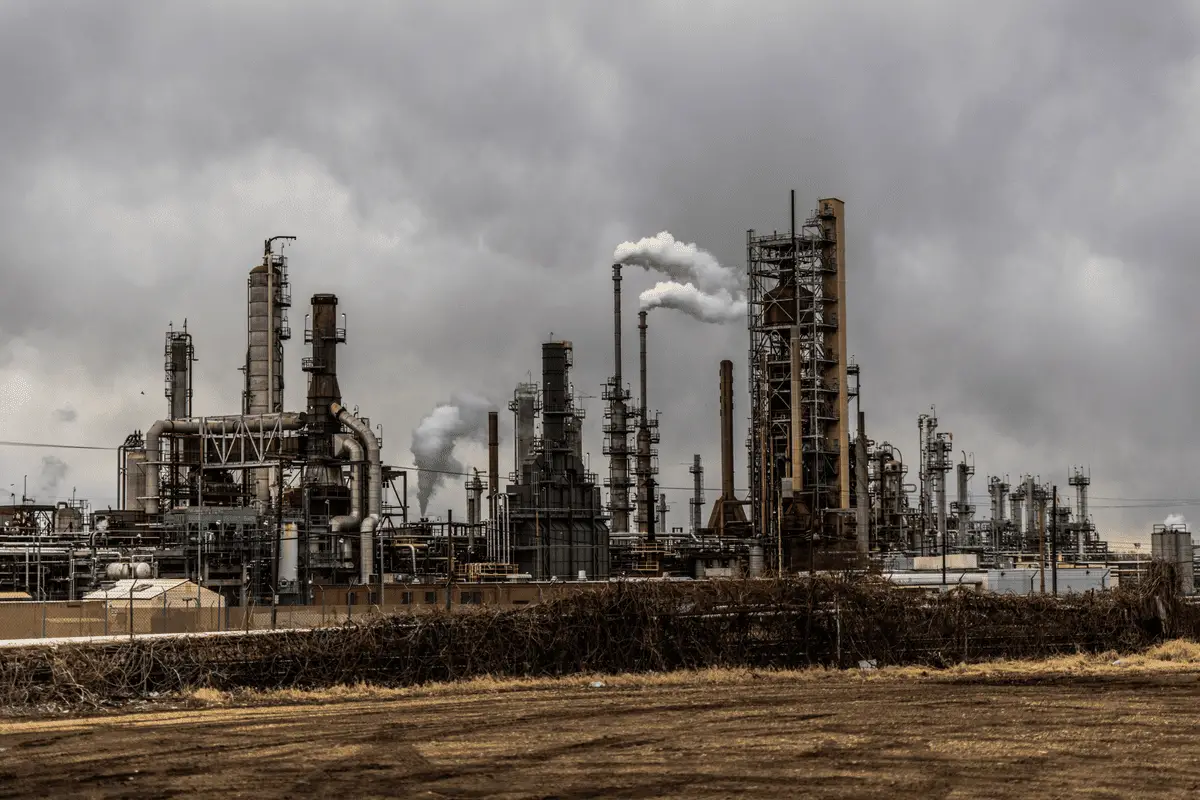
The polluter pays principle is a waste management principle that allows polluters to bear the costs of managing the waste they create to prevent environmental and human health damage.
This means that companies are responsible for rectifying issues such as waste production and pollution arising from their operations. The principle works by placing a cost on waste generation and pollution in the form of fines or taxes.
The government and local authorities can apply the polluter pays principle through systems such as carbon tax and emissions trading system, which are imposed on greenhouse gas emitters. The companies can also cooperate with local authorities to collect and treat the waste generated.
However, this principle can be unsustainable in the long run because more prominent companies will have no difficulty in paying the taxes, and so they can recklessly continue polluting the environment. Therefore, this principle should only be applied in unavoidable circumstances.
Resource efficiency
Resource efficiency is using the earth’s limited resources in smaller amounts to produce the same quantity of a product or service.
The purpose of the resource efficiency principle is to reduce the pressure on finite resources, thereby reducing the environmental impact by reducing the wastage of raw materials from production to the use and disposal of a product.
The resource efficiency principle addresses the issue of sustainable waste management by ensuring the gap between the rate at which we consume resources and the rate at which we replenish them is significantly reduced.
Examples of resource-efficient systems include the production of lightweight yet durable goods, less packaging, replacing plastic packaging with eco-friendly packaging, etc.
The lifecycle of a product
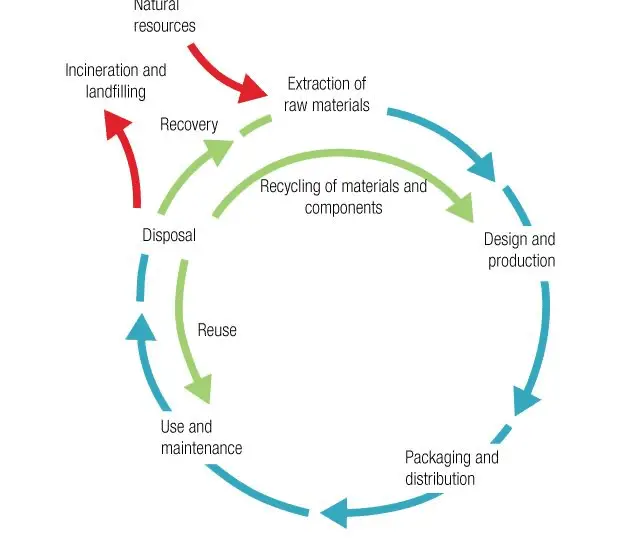
The product life cycle illustrates how a new product is processed from raw materials, consumed, and then disposed of at the end of its useful life.
All products (and services) have an environmental impact, from the extraction of raw materials to manufacturing, distribution, consumption, and disposal.
Life cycle assessment is a waste management principle that looks into reducing the environmental impacts of a product at all stages of its useful life.
An excellent example of life cycle thinking is disposing of an old washing machine and replacing it with a more energy-efficient one. Although disposing of the old machine creates waste, its environmental impact is lower than continuing to use it as it is energy intensive.
Principle of proximity
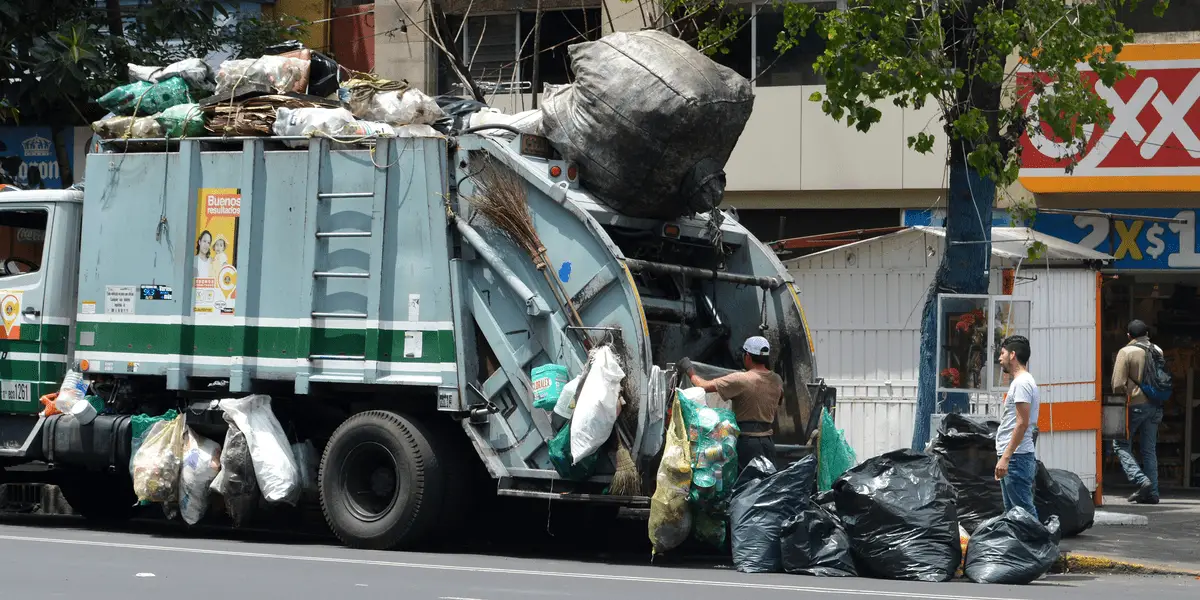
The proximity principle implies that waste should be managed as close as possible to its point of production. It’s a principle that recognizes waste handling and transportation has associated environmental impact and additional disposal cost.
This principle raises awareness and also encourages ownership of the waste management problem at a local level.
Methods of waste management
Composting
Composting is the natural process of turning organic wastes, such as food scraps, into nutrient-rich manure that may benefit the soil and plants.
The decomposition process happens through the action of bacteria and microorganisms that break down the organic matter into the soil.
Landfill
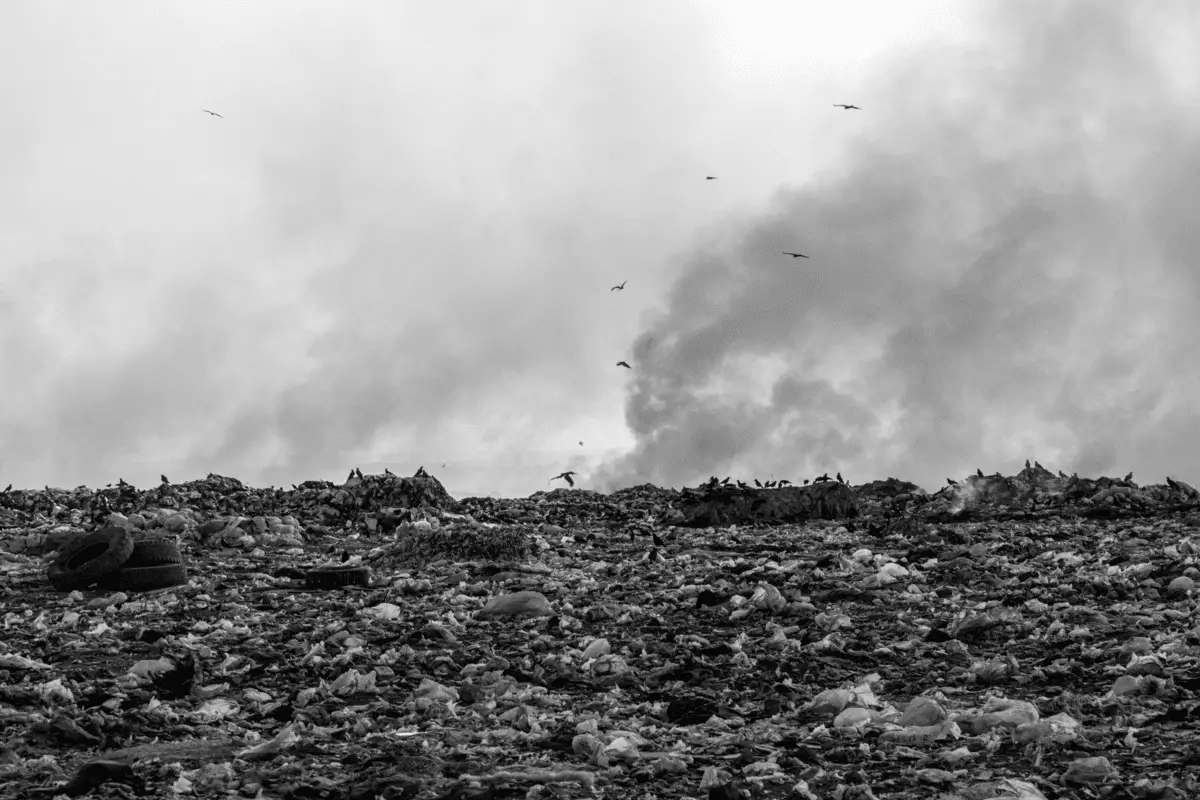
Landfills are designated and specially engineered areas where waste is dumped and subsequently buried.
Different types of landfills exist for different kinds of waste, i.e., municipal, industrial, and medical.
Incineration
Incineration is a waste management method that involves burning trash and converting it to heat, flue gas, and ash. The heat generated from incineration can be used as a renewable energy source.
However, the exhaust gases released from the process can be toxic and should be properly treated before being released into the atmosphere.
Waste to Energy (WtE)
Waste to energy is a method used to produce energy in the form of electricity or heat through the combustion of waste (as a fuel source).
Manufacturers can transform organic industrial waste, food waste, and animal waste into biogas in a biodegradation facility, where they are degraded with the assistance of microorganisms through anaerobic digestion.
Other methods of producing energy from waste include incineration, pyrolysis, plasma gasification, and fermentation.
Recycling
Recycling is a process through which waste is transformed into new products. Recycling is an effective method of waste management as it diverts a considerable amount of trash from landfills.
Consumers are charged an extra fee to encourage recycling when purchasing recyclable material. The additional fee is only refundable when the consumer returns the material for recycling.
Benefits of sustainable waste management
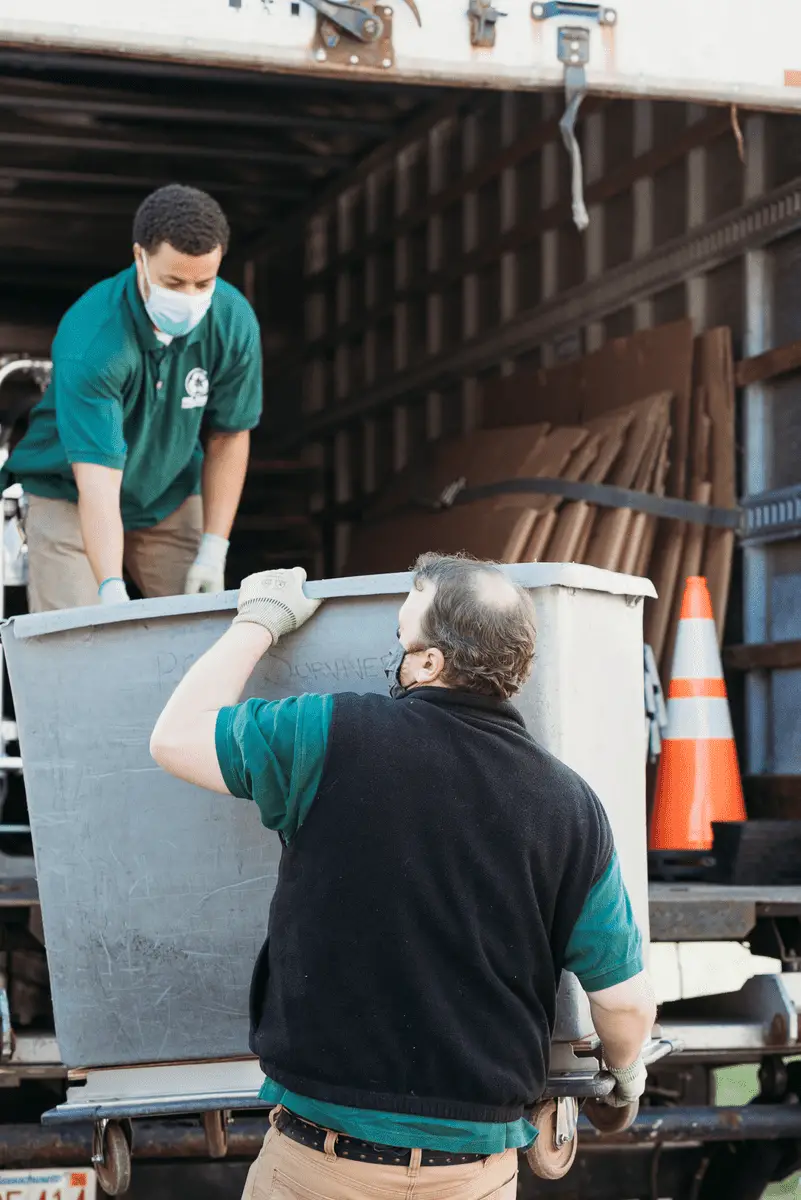
Recycling and reusing help convert waste into valuable materials, thus diverting a significant amount of waste from landfills.
When waste is appropriately managed, landfill space is recovered and can be used for other purposes. Waste management reduces the requirement for additional landfill capacity.
Sustainable waste management creates job opportunities and improves the living standards for many livelihoods. Many people earn livelihoods from waste collection, transportation, sorting, recycling, and disposal.
Protection of human beings and the surrounding environment- proper waste management helps improve air quality, reduce greenhouse gas emissions, and improve water quality. With cleaner water and air, human health is improved, and reduced emissions lower the effects of climate change.
It minimizes extraction of natural resources- through recycling and reusing materials, materials that would otherwise end up in landfills can be diverted. This minimizes the extraction of limited non-renewable resources. It also reduces pollution and lowers the energy required to manufacture new products.
Managing non-recyclable waste through waste-to-energy systems can help produce a significant amount of energy that can replace energy derived from fossil fuels.
Composting organic waste produces manure rich with nutrients, which is helpful for better agricultural yield.
Proper waste management reduces overall waste disposal costs.
Final Thoughts
Waste management conserves the natural environment and human health and reduces pressure on natural resources.
Since it affects everyone, waste management should not be a government responsibility alone. Individuals and corporates must also participate to see that waste management systems are successful.
At an individual level, you can start by cultivating a zero-waste lifestyle at home and in the workplace. A good place to start is by following the waste hierarchy principle, as it is simple and easily applicable.
How do you manage waste in your home?
